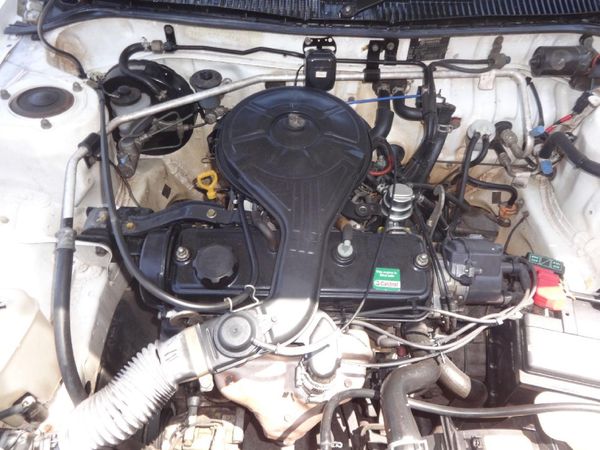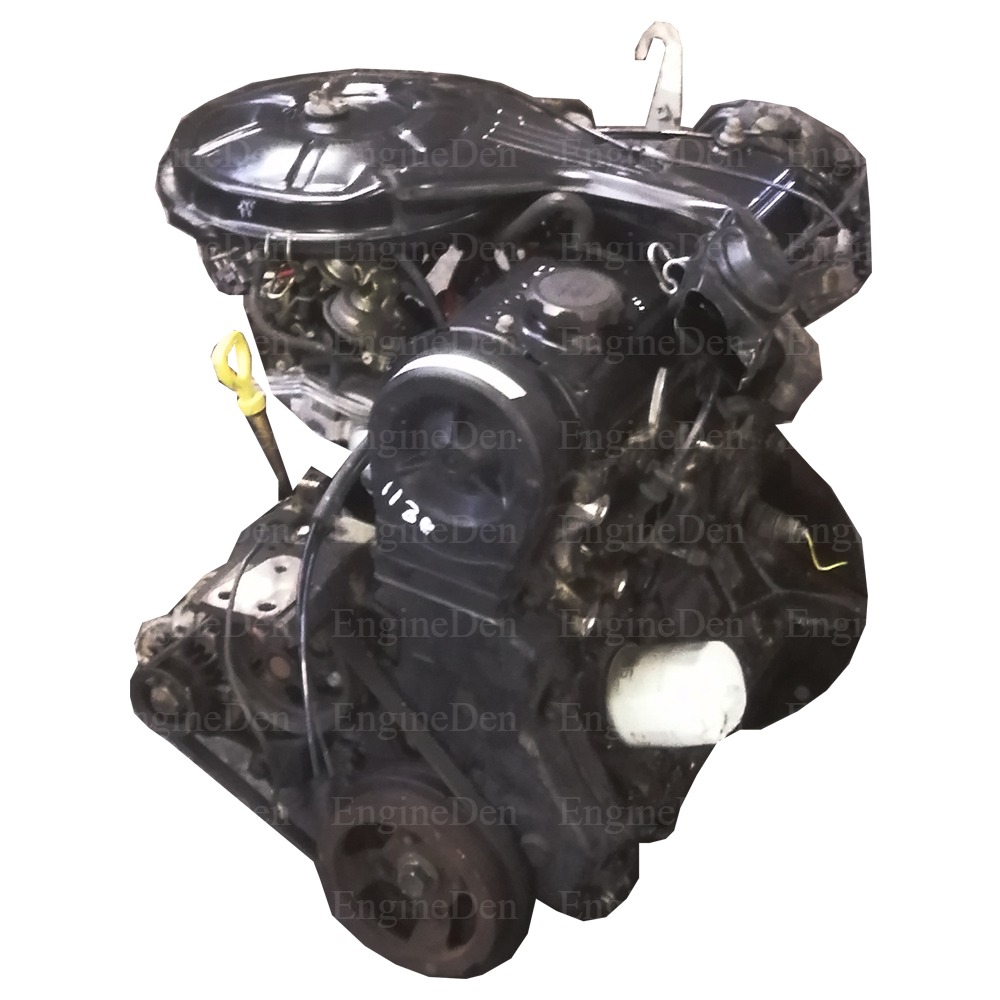Toyota Tazz: A Review of Its Handling, Fuel Economy, and Overall Performance
Toyota Tazz: A Review of Its Handling, Fuel Economy, and Overall Performance
Blog Article
Check Out the Most Recent Fads in Engine Technology Through Tazz
In the quickly progressing landscape of auto technology, Tazz stands at the forefront, highlighting significant developments in engine systems that prioritize both advancement and sustainability. tazz. From crossbreed engines that maximize gas performance to the appearance of hydrogen gas cells, the fads shaping modern-day powertrains are not just boosting efficiency yet additionally resolving critical ecological obstacles. As the sector remains to press limits, it is necessary to think about exactly how these advancements will influence future transportation solutions and the more comprehensive effects for international power usage. What lies in advance in this crucial makeover?
Crossbreed Engine Innovations
Hybrid engine technologies stand for a critical change in automobile technology, incorporating the benefits of inner combustion engines with electrical propulsion systems. This combination not just improves gas effectiveness but likewise reduces exhausts, meeting significantly strict ecological policies. By making use of both energy resources, hybrid engines can optimize efficiency, delivering power when needed while preserving fuel throughout less demanding motoring conditions.
Recent improvements in hybrid innovation consist of improvements in battery performance and regenerative braking systems. These advancements permit for greater power recuperation during deceleration, which can be rerouted to assist in acceleration or power accessory systems. Furthermore, producers are concentrating on light-weight materials and small layouts to maximize the efficiency of hybrid powertrains.
The growth of plug-in hybrids has also expanded the market, allowing motorists to bill their lorries making use of standard electric outlets. This feature frequently enables for considerable all-electric variety, additional reducing reliance on standard fuels. tazz. As the automobile market continues to develop, hybrid engine innovations are expected to play a vital duty in connecting the gap between traditional cars and completely electrical designs, supplying a transitional option that caters to diverse consumer demands and choices
Breakthroughs in Electric Powertrains
The vehicle landscape is quickly developing, with electric powertrains emerging as a leading pressure in sustainable transportation. Advances in electrical automobile (EV) innovation are considerably enhancing customer, effectiveness, and efficiency experience. Secret developments consist of enhancements in battery chemistry, which have actually boosted energy thickness, decreased billing times, and prolonged total battery life.
Solid-state batteries, for instance, promise to reinvent the market by supplying greater security and efficiency contrasted to traditional lithium-ion cells. In addition, developments in regenerative stopping systems are allowing lorries to recover power during deceleration, adding to overall effectiveness.
Along with battery innovation, electrical motor layouts are becoming a lot more innovative. Advancements such as integrated electric motors and progressed thermal management systems are assisting to enhance power distribution and reduce weight, inevitably boosting lorry dynamics.

Jointly, these developments highlight the dedication to shift towards cleaner, extra reliable transport services, placing electrical powertrains at the forefront of automotive development.
The Increase of Hydrogen Fuel Cells
Increasingly, hydrogen gas cells are acquiring traction as a feasible option to standard interior combustion engines and battery electrical automobiles. This innovation utilizes the chemical power saved in hydrogen, converting it into power via an electrochemical reaction with oxygen. The key by-product of this procedure is water, making hydrogen gas cells an eco friendly choice with zero exhausts at the tailpipe.

Car manufacturers are increasingly buying hydrogen gas cell modern technology, recognizing its potential for long-range applications and fast refueling abilities that measure up to conventional fuels. Additionally, industries such as durable transportation and public transportation are specifically fit for hydrogen gas cells, where battery electrical solutions may fall short due to weight and range restrictions.
As research study and investment proceed to broaden, hydrogen gas cells are poised to play a considerable function in the future landscape of clean transportation and energy services.
Enhancements in Internal Combustion Engines
Developments in inner burning engine (ICE) modern technology are changing conventional vehicles to satisfy modern-day ecological requirements and efficiency assumptions. Straight gas shot, for instance, permits for much better atomization of fuel, leading to more full combustion and enhanced power outcome.
Additionally, turbocharging has actually acquired prominence, permitting smaller engines to Full Article supply higher efficiency without the weight of larger engines - tazz. This modern technology not only enhances effectiveness but likewise contributes to reduce Related Site fuel usage. Variable valve timing systems are likewise being improved, allowing engines to adjust to different driving problems for improved torque and responsiveness
In addition, the use of light-weight materials in engine building and construction is becoming common, further improving gas efficiency by lowering overall automobile weight. Engine control devices (ECUs) are progressively innovative, enabling real-time modifications that maximize efficiency and emissions.
These enhancements jointly signify an essential change in ICE modern technology, aligning with worldwide sustainability objectives while still giving the performance chauffeurs anticipate from their lorries. As the industry develops, these enhancements proceed to form the future of traditional automobile engineering.
Future Patterns in Engine Effectiveness
Considerable innovations in engine performance are anticipated as producers focus on integrating innovative modern technologies to fulfill rigorous ecological laws and customer needs. The change in the direction of electrification, crossbreed systems, and different gas is improving the auto landscape, driving technologies that boost gas economic situation and lower exhausts.
Among the vital fads is the execution of sophisticated products and producing methods. Lightweight composites and high-strength alloys add more tips here to minimized car weight, thus improving total performance. Furthermore, the adoption of turbocharging and variable valve timing technologies permits boosted power outcome from smaller engines, further boosting gas economic climate.

Conclusion
Technologies in hybrid engine systems, electric powertrains, and hydrogen fuel cells demonstrate a dedication to lowering emissions while enhancing performance. Enhancements in interior burning engines and an emphasis on light-weight products add to total engine efficiency.
From hybrid engines that optimize fuel efficiency to the development of hydrogen fuel cells, the patterns shaping contemporary powertrains are not only boosting performance however also addressing vital environmental obstacles.Hybrid engine innovations stand for an essential shift in vehicle innovation, incorporating the advantages of interior combustion engines with electric propulsion systems.Additionally, turbocharging has gained prestige, permitting smaller sized engines to provide higher performance without the weight of bigger engines. In addition, the fostering of turbocharging and variable valve timing technologies allows for boosted power result from smaller engines, even more enhancing gas economic situation.
Enhancements in internal combustion engines and an emphasis on lightweight materials add to general engine efficiency.
Report this page